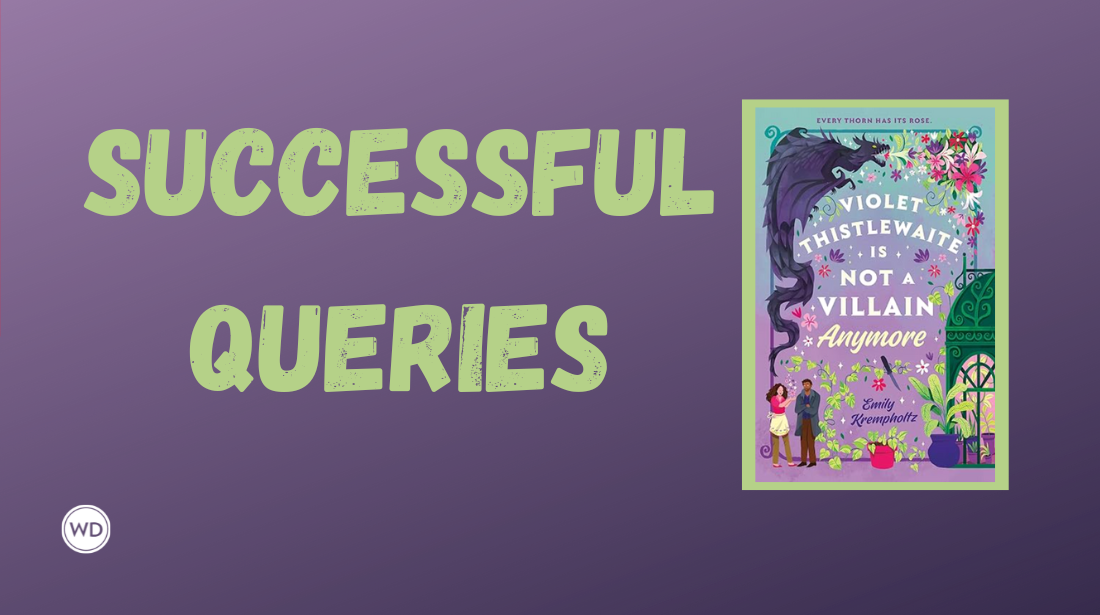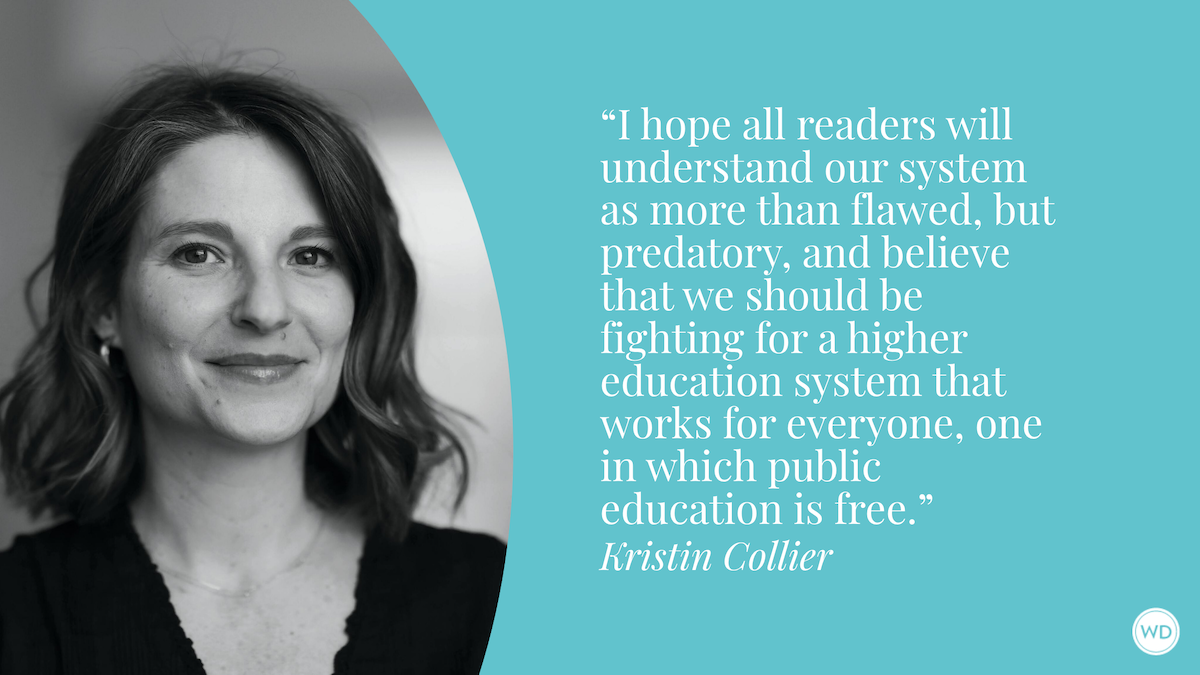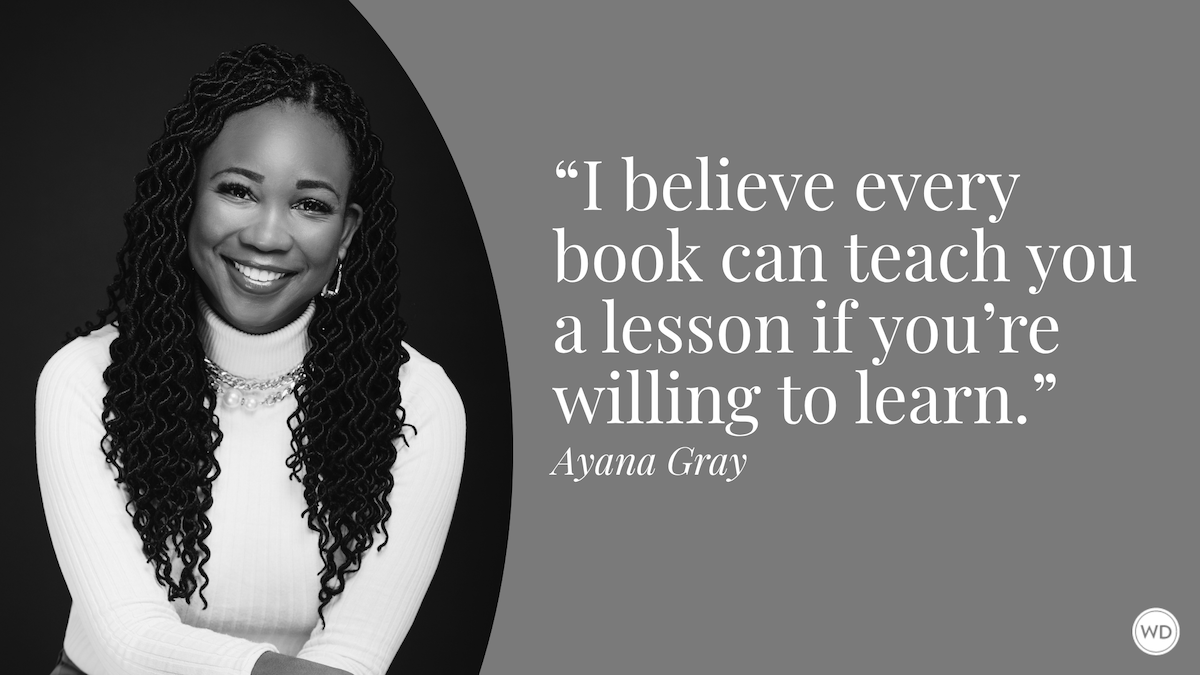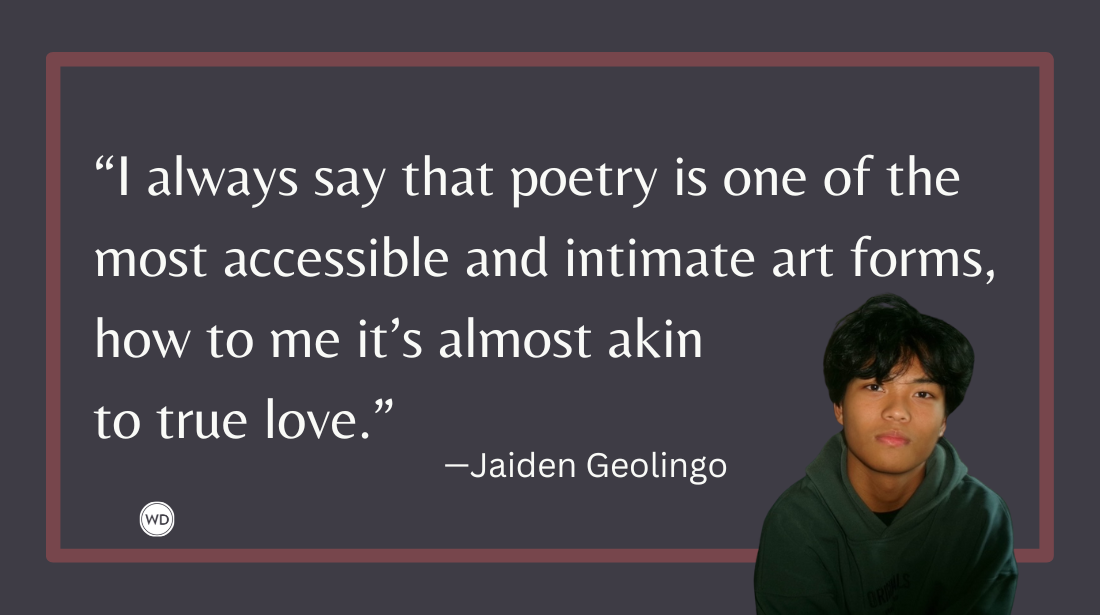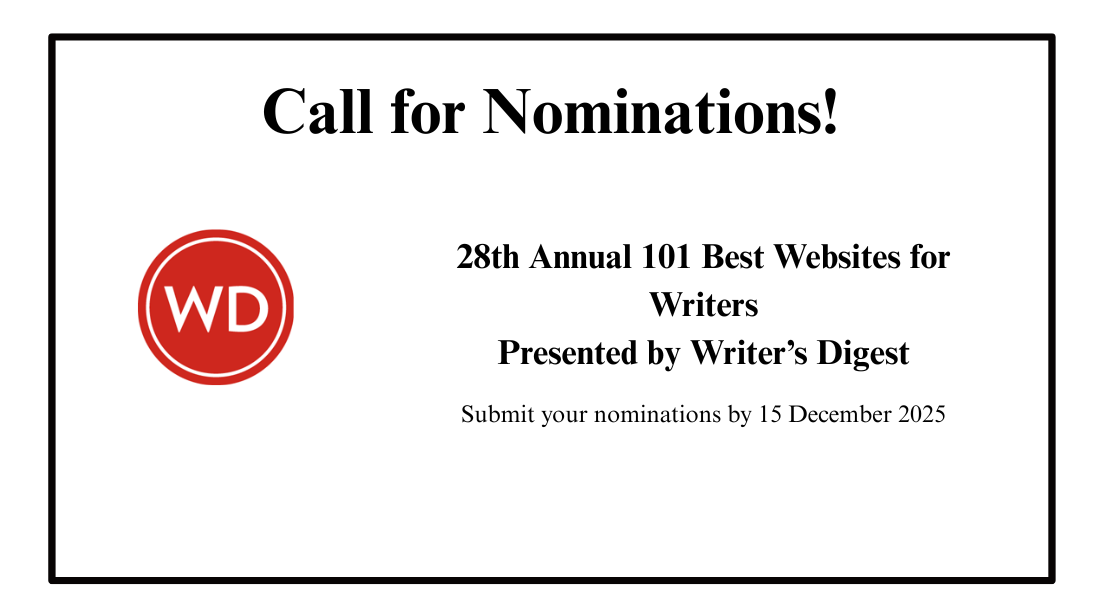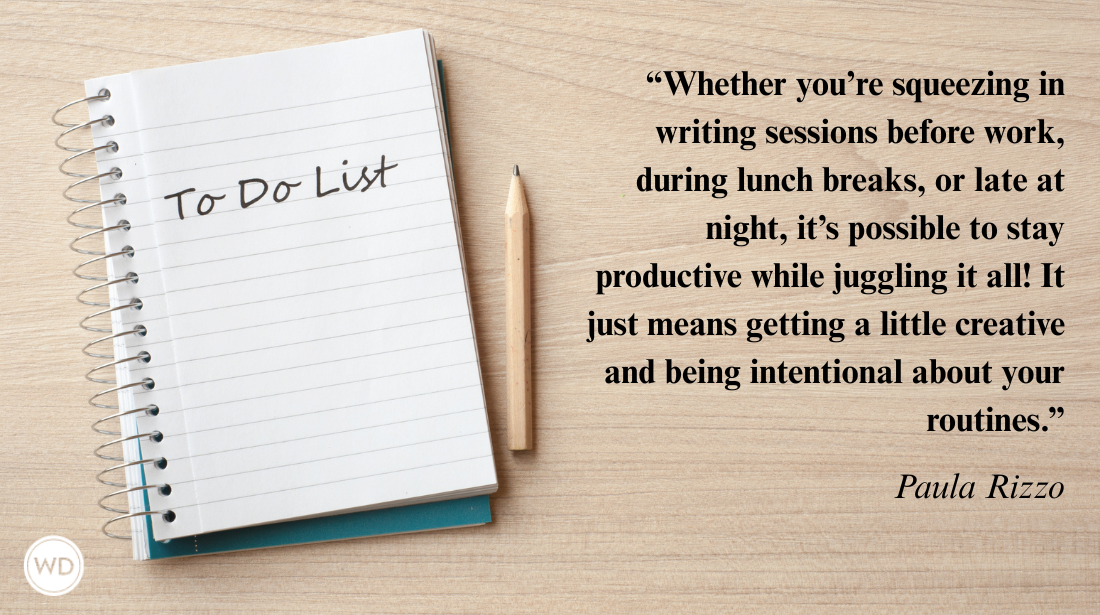How to Score a Traditional Deal After Self-Publishing
Today’s Q&A is with authors Anne Milford and Jennifer Gauvain, who originally self-published their book, How Not to Marry the Wrong Guy, in May 2009. They marketed and promoted like…
Today's Q&A is with authors Anne Milford and Jennifer Gauvain, who originally self-published their book, How Not to Marry the Wrong Guy, in May 2009. They marketed
and promoted like madwomen and then sold the book—at auction!—to Random House
in October 2009. The new revised edition came out in May 2010 from Broadway. Read on to see how this success story played out!
Before you self-published, I assume you tried traditional routes or had an agent, and it didn't work out? How long were you attempting to traditionally publish?
Actually, we sent out exactly two query letters and received two automated "we’ll get back to you in the next six months" letters.
We spent a lot of time online looking at agent’s blogs, followed some agents on Twitter, and we were both put off by the underlying negativity we felt from many, though not all! (We don’t want to alienate any agents here, but that is what we felt.) We can certainly sympathize with any agent who is getting buried with inappropriate queries for genres they don’t represent … or people doing incredibly annoying/over-the-top things—constant phone calls, e-mails bordering on harassment, etc.
However, we felt that the overall tone was “Don’t do this, don’t do that.” Or, “Your query letter must be so perfect I will hear the angels singing when I read it." Or, “Hurry up and wait.” And we didn’t want to wait. We believed so strongly in the message of our book that we thought, let’s just get it out there ourselves.
So other than those two half-hearted attempts, we never even tried to get an agent. ??
In your lead up to self-publishing, what platform or reader network did you have in place? Were people waiting for your book to be available, or were you essentially building an audience from scratch?
We were building an audience from scratch. However, we just knew that this subject would resonate with women. Our hook was the fact that Anne’s research—and Jennifer’s clinical experience as a marriage and family therapist—indicated that countless women were stuck in relationships that they knew were wrong. And they were afraid—or didn’t know how—to get “unstuck.”
We also knew that there were lots of women struggling with pending engagements or marriages—they wanted to call them off, but couldn’t tap into the courage they needed to make this change. This fact was not talked about in any book we could find.
Our goal was to cast a spotlight on this rarely-talked-about but all-too-common reason for unhealthy relationships.
??When marketing and promoting your book, what strategies or tools did you use? Was it primarily online driven? What efforts seemed to have the biggest impact?
We both used our skills from our past jobs to market this book. Jennifer had years of lecturing experience, and Anne had years of marketing and public relations experience.
We tapped into the local media, sent out press releases, networked with women’s organizations, and also contacted our high school and college alumnae groups.
We also went online and wrote articles for websites with large female audiences. We set up a Facebook page and Twitter account.
We monitored “Help a Reporter Out” and responded to queries which ultimately resulted in a small mention in a national magazine.
We scraped the bottom of our piggy banks and hired a P.R. agency for a couple of months to send out queries across the country for radio interviews. We actually landed on Patty Stanger’s Millionaire Matchmaker radio show that way.
Another query resulted in an article on lemondrop.com, which landed us on the front page of aol.com. The little things paid off … but the national exposure really had the biggest impact.
The downside to this is that the book was not available in stores outside of St. Louis.
??Tell us the story of how your book came to be sold at auction, to Random House, not long after you self-published. Did an agent find you?
We got lucky. However, as the old saying goes, “Luck is when preparation meets opportunity.”
Someone in St. Louis brought our book to our now-agent, Dan Lazar’s, attention. (We call her our fairy Godmother.) He asked us to send a copy of our self-published edition to him—this was just days after we received copies from the printer.
He sat back and watched us market like madwomen, and was impressed with the media response the book received as well as our sales figures. We literally sold hundreds of copies of the book out of the back of our minivans. Both of us sold books wherever we went: in the carpool line (10 books!), at the swim club (at least 40 books!), at the dentist’s office (three books—one to the hygienist and two to the ladies eavesdropping in the waiting room!). Both of our cars contained at least two cartons of books at all times.
After about eight weeks, he came back to us with some suggestions for modifying the first draft, and then asked us if we would be interested in pitching the book to larger publishers.
At this point we were both exhausted—but happy to give it a try. We underestimated all the time we would spend shipping, packing, writing, billing for books. Distribution was a gigantic pain. The bookkeeping was also a headache. We decided to give it a shot and we signed with Dan at Writers House. (Who is so nice, calm, smart, and pleasant by the way!)
He helped us write a revised proposal and he sent it off to several publishers. We were thrilled to receive interest from several publishers and he held an auction in early October.
I think the way we overcame the "no celebrity, no platform, no
pre-existing audience curse" was that our agent was able to show all
potential publishers four pages of media/speaking engagements that we
had under our belts in our proposal. This showed the publishers that we
were savvy marketers and were willing to get our hands dirty and promote
our book like crazy. It also showed the publishers that this topic—and
our book—was resonating with women since we were able to get so much
attention just three months. We were—and still are—relentless about
promoting it.
?Now that you've worked with Random House to release a new edition in May 2010, tell us about that process. Were you revising a lot?
We were thrilled to sign on with Random House because our editorial and publicity team was comprised of young, smart, single women who championed the book. They didn’t want us to lose the momentum we had created so we rushed to book to print.
From what we were told, the process normally takes about 18 months. We did it in about seven. With the help of our editor, we revised about 25% of the content. We also rearranged chapters and reorganized a few things. We also made the book more positive. We think the first edition was a little negative—we probably overdid the cautionary tales a bit!
We were very satisfied with the finished product. It was thrilling to have a team of expert editors, proofreaders and marketers to turn to for advice rather than wrestling with all of the decisions ourselves.
?How has your publisher supported your book in terms of marketing and publicity? Is it what you expected? What have you had to do on your own?
Random House has been very supportive. They did a great job with our launch and we were completely satisfied. Our publicist and editor are always responsive to our questions and requests. The reality is that they are releasing books every week so they are not constantly pushing our book—they have a new set of goals each week.
So it is still up to us to make connections, book speaking engagements, tweet, and look for opportunities to promote our book. If something comes up, they are on it. They back us up, offer advice, etc. But they have a lot of other titles to promote and market—and we knew that from the beginning. ?
How Not to Marry the Wrong Guy has been a labor of love—we really believed in this project and we still do. We will continue to market and promote this book as long as we are able. Our goal was to help women have happier and healthier relationships. Every thank you note or e-mail we receive from a woman who has found comfort or understanding after reading our book keeps us moving forward. The fact that we have Random House behind us helping with promotion and distribution makes this all possible. ?
Anything else to add?
While our story might make it sound like our agent and book deal came easily, please don’t be misled. We shudder to think of the unpaid hours we spent writing and promoting the book. We also missed out on a lot of billable hours from our day jobs. (Jen as a therapist and Anne as a freelance writer and editor.)
We also spent a lot of money self-publishing. We created our own publishing company, bought the ISBN number, outsourced design and layout, and printed 2,500 copies.
We also believe it is easier to market a nonfiction book. There are countless opportunities to tie-in with news stories and current events. Tiger Woods, Jessie James, and all the other philanderers this year gave us lots of good lead-ins!
Another thing to keep in mind is that you can’t keep constantly flogging your book to the media. You need to offer producers something of value when you pitch them. For example—we didn’t always talk about our book; instead, Jennifer might talk about “5 red flags in a relationship.” Or “How to tell your friend she is dating the wrong guy.”
Another worthwhile investment was our time spent with a media trainer. Tripp Frohlichstein, owner of Media Masters Training is nationally known—and luckily for us—based in St. Louis. The money we spent with him made us better on-camera interviewees and lecturers. We encourage every author to work with a media trainer if possible.
If you are considering self-publishing, try and connect with a local publisher’s association. The St. Louis Publisher’s Association provided a wealth of professional resources for us. The people we met through this organization gave us the courage we needed to self-publish. It was so gratifying to be around so many people who were passionate about writing a book.
My thanks to Anne and Jennifer for so many essential and wonderful tips for anyone pursuing self-publishing. Be sure to visit their blog on how not to marry the wrong guy!
Jane Friedman is a full-time entrepreneur (since 2014) and has 20 years of experience in the publishing industry. She is the co-founder of The Hot Sheet, the essential publishing industry newsletter for authors, and is the former publisher of Writer’s Digest. In addition to being a columnist with Publishers Weekly and a professor with The Great Courses, Jane maintains an award-winning blog for writers at JaneFriedman.com. Jane’s newest book is The Business of Being a Writer (University of Chicago Press, 2018).




